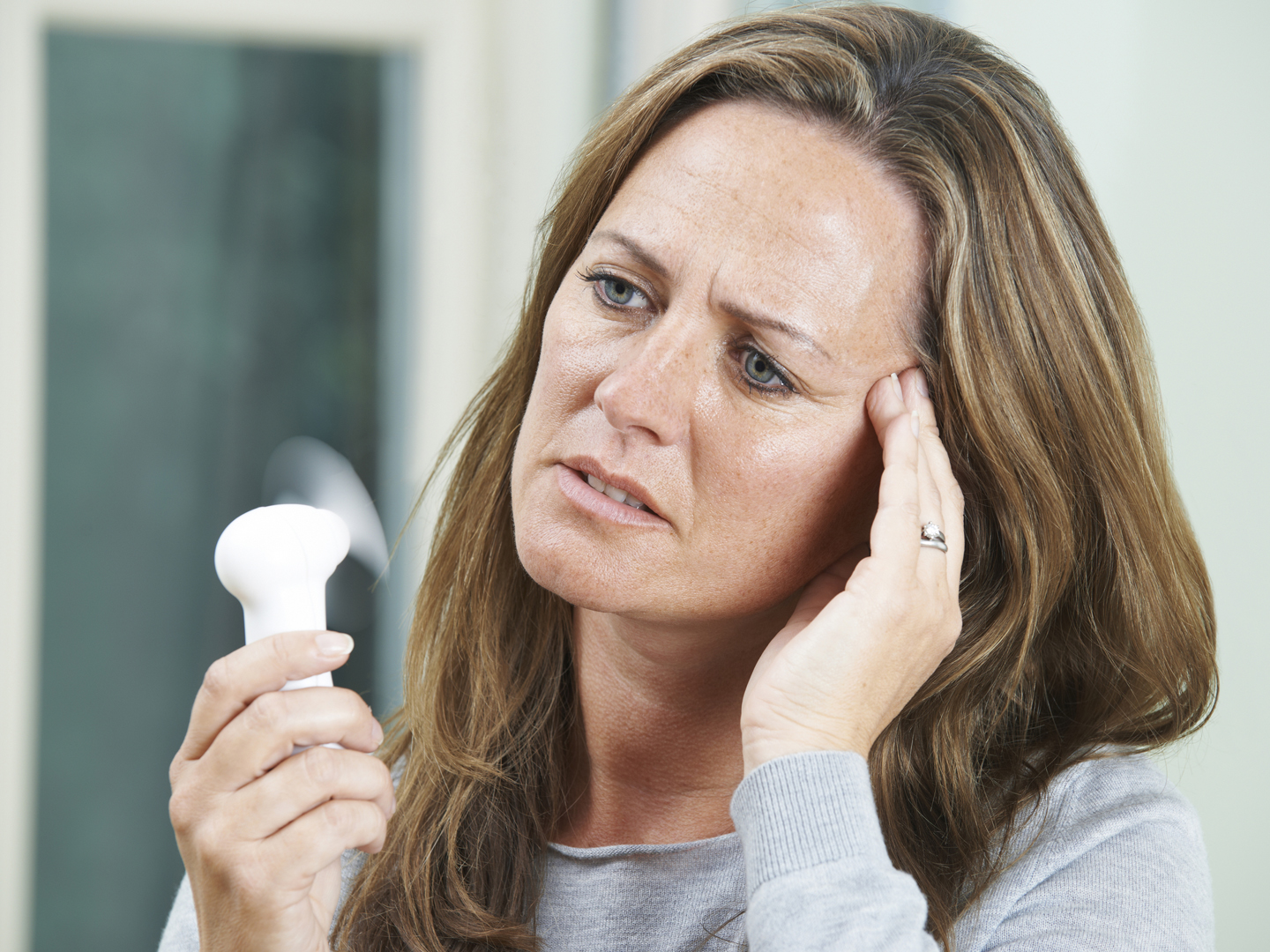Fibroids

What are fibroids?
Fibroids are benign (non-cancerous) tumors made of muscle and fibrous tissue that grow in a woman’s uterus. They are estimated to occur in as many as three out of four women of childbearing age. Fibroids sometimes cause symptoms like pelvic pain and occasionally may affect fertility.
What are the symptoms?
Fibroids may be as small as a pea or as large as a watermelon. They don’t always cause problems, and many women aren’t even aware they have these growths. The symptoms they cause can depend on the number, size and location of the fibroid. In general, symptoms can include:
- Pelvic pain, discomfort, or pressure
- Heavy menstrual bleeding
- Increased urinary frequency
- Constipation, gas, or abdominal bloating
- Pain in the back or legs
Rarely, fibroids may grow so large that they cause acute pain and a fever.
What are the causes of fibroids?
The exact cause of fibroids isn’t known, but researchers believe these tumors may be influenced by genetics and hormone levels (estrogen and progesterone appear to promote fibroid growth). They develop when cells the smooth muscular walls of the uterus proliferate, creating a mass. Fibroids can range in size from too tiny to be seen by the naked eye to several pounds in weight. Although some women may only develop one fibroid, there are usually multiple fibroids.
Who is likely to develop fibroids?
Fibroids are the most common non-cancerous growth in the female reproductive tract. Fibroids typically occur in women of childbearing age and are rare in those who have passed menopause or who are younger than age 20. This is because fibroids seem to be affected by estrogen. For reasons that are unclear, fibroids that cause symptoms are about two to three times more common in African-American women than in Caucasian women. Women whose mothers or sisters have had fibroids are also at higher risk.
How are fibroids diagnosed?
Physicians often diagnose fibroids based on a routine pelvic exam. To confirm the diagnosis, or in cases when a woman is too obese for a physician to locate fibroids through a pelvic exam, other tests may be used, such as:
- Ultrasound (uses sound waves to produce an image of the uterus).
- Hysterosonography (combines traditional ultrasound with saline injection to expand the uterus for better viewing).
- Hysterosalpingography (uses dye to highlight the uterus on x-ray images)
- Hysteroscopy (uses a small, lighted telescope to explore the uterus).
- MRI
What is the conventional treatment?
Conventional treatment of fibroids depends on whether the tumors are causing symptoms, a woman’s age, and whether she wants to have children. For most women with fibroids that aren’t being bothered by symptoms, no treatment is necessary. Options include:
- Watchful waiting. If fibroids aren’t causing symptoms, many doctors recommend that women do nothing. Fibroids often naturally shrink after menopause.
- Medications. Drugs like nonsteroidal anti-inflammatories can ease the discomfort of fibroids, while those called gonadotropin-releasing hormone (Gn-RH) agonists can lower hormone levels, which helps shrink fibroids.
- Uterine embolization. This newer, noninvasive procedure relies on substances injected into the uterine arteries to cut off blood supply to fibroids, shrinking them.
- Myomectomy. This surgical procedure removes fibroids while leaving the uterus intact. New fibroids can form, however, and about a quarter of women undergoing myomectomy will need a hysterectomy within 5-10 years.
- Hysterectomy. In this procedure, the uterus is surgically removed. This prevents recurrence of fibroids but also eliminates a woman’s ability to bear children.
What therapies does Dr. Weil recommend for fibroids?
In addition to watchful waiting when appropriate, Dr. Weil recommends the following measures to address fibroids:
- Maintain a healthy weight, because high levels of body fat are associated with elevated estrogen.
- Minimize consumption of foods containing added growth hormones, such as non-organic beef and full-fat dairy products.
- Eat a low-fat diet.
- Get plenty of aerobic exercise.
- Take 400 IU of natural vitamin E twice daily (or 80 mg of mixed tocopherols and tocotrienols once a day).
- Use visualization exercises such as guided imagery to focus on decreasing the size of the growths.









